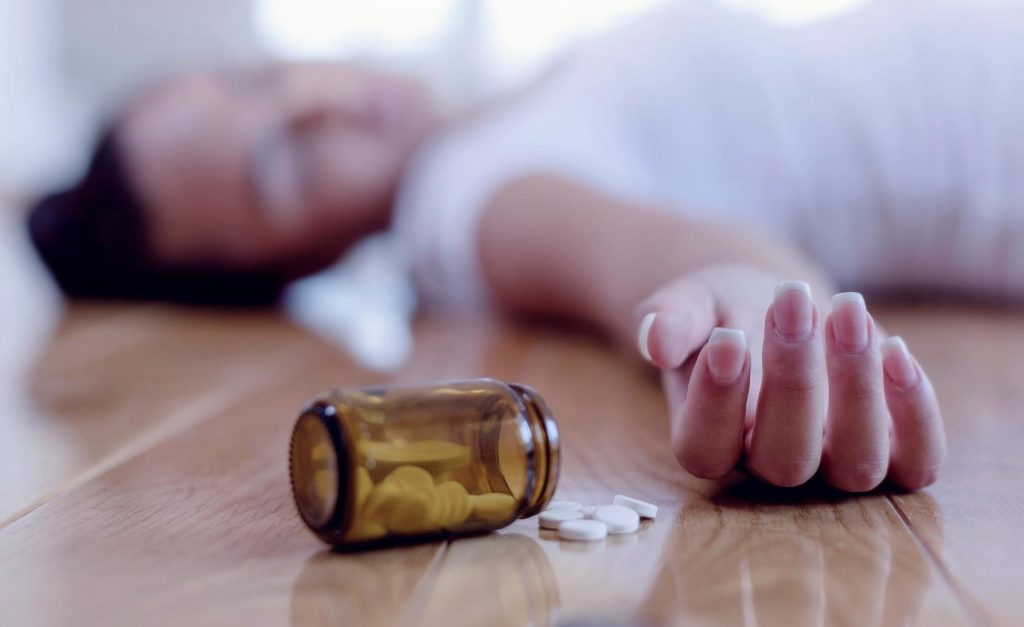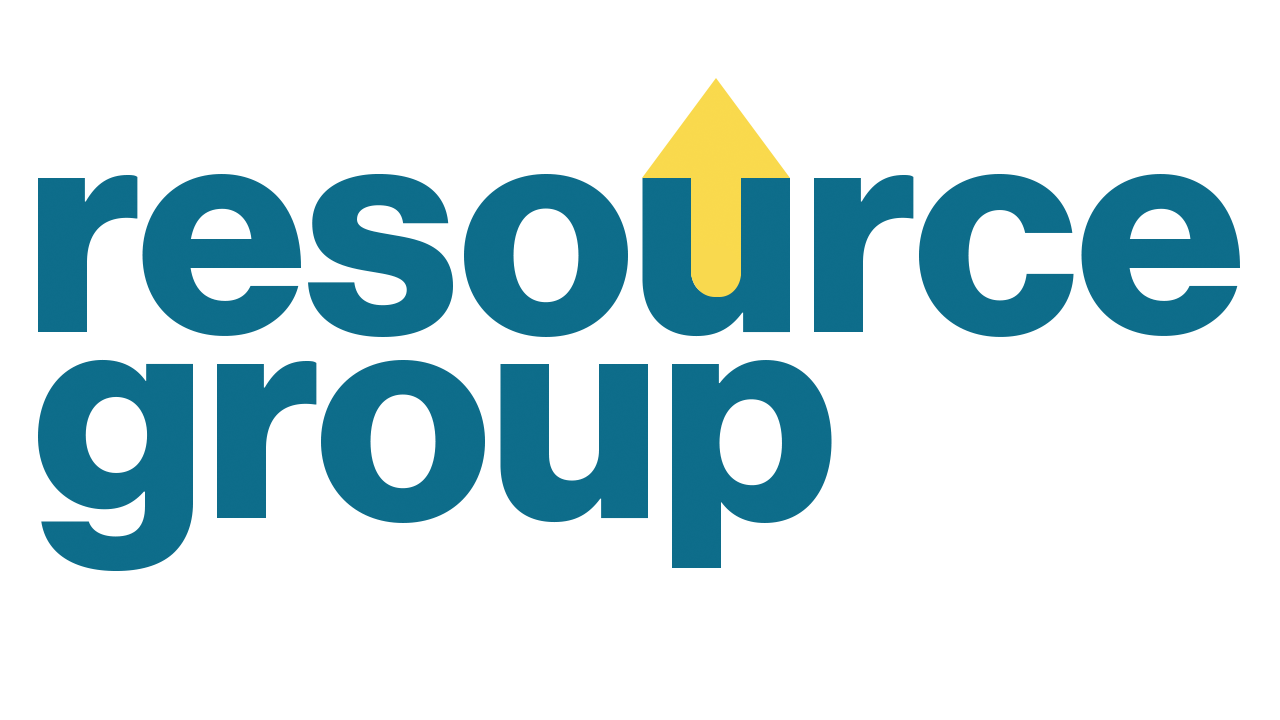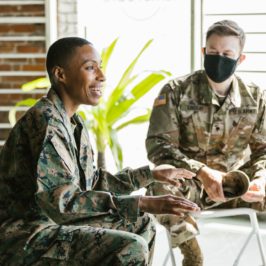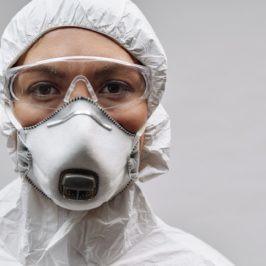
By: Mike Shulman, LCSW-C
When you’re a kid and see things every day, they don’t become normal – they are normal.
It seems that sometimes in Baltimore City, what others may view as tragic, we see as sad, yes, but also just . . . well, normal. Our minds are paved with potholed streets, boarded up brownstones, and our neighbors lying on the ground helpless, stuck in a vicious cycle of addiction. We go to sleep and wake up surrounded by suffering as if it’s just the backdrop to a movie or theme music to our lives.
No one wants to be addicted. No one is asking to depend on such a soul-wrenching substance as opioids, a substance that now has a stranglehold of approximately 25,000 of our city residents. That means that at least 3% of the people you walk by on your way to the store, gas station, or park have a dependency on some form of opioid, whether it is heroin, fentanyl, or a prescribed medication.
And with such a high demographic comes high rates of overdose and death.
Last year, Baltimore’s overdose rate rose substantially, most likely due the incredible amount of stress our residents were under as loved one’s were dying of COVID, unemployment was skyrocketing, and lives were being thrown upside down. The Journal of the American Medical Association found earlier this year that the overdose death rate among teens rose by a massive 94% from 2019 to 2020, and then by another 20% between 2020 and 2021. Cheaper, more powerful drugs like fentanyl have made substance use much more dangerous for everyone. But to those of us who are luckily not shackled by addiction, we feel like we can only sit by and watch as our friends and family members sometimes literally breathe their last breath.
As dark as this image is, this is the reality . . . almost. Because although opioids are the number one cause of death through overdose, there is something that can combat that head on.
Narcan, containing the drug naloxone, is the number one means of reversing an overdose and literally saving someone’s life.
How does it work? When someone uses an opioid, it activates opioid receptors in areas of the body like the brain and nervous systems, slowing the body down. In an overdose, though, all of these receptors are blocked and can’t function the way they’re supposed to (like slowing someone’s breathing to the point that it stops).
When Narcan is administered, it blocks the opioid from continuing to influence the opioid receptors in the brain and deepening the effect on the nervous system. When you see someone who is exhibiting signs of overdose (like pinpoint pupils, shallow breath, and/or loss of consciousness) administer the Narcan through the nasal passages every 2 to 3 minutes until the individual comes back to consciousness or until an EMT arrives and takes over.
Narcan is something that’s become more and more available at local pharmacies. Between 2017 and 2018 alone, the number of prescriptions for naloxone doubled – though it can also be purchased without a prescription.
This isn’t something reserved for Emergency Room doctors and EMTs on the scene; trainings on how to administer Narcan are offered for free through programs like the Baltimore Harm Reduction Coalition and BMore POWER. Even Baltimore City’s Enoch Pratt Public Library now offers Narcan training and other life-saving resources to people looking for help, either for themselves or a loved one. Because of Maryland’s Good Samaritan Law, “any person assisting in an overdose emergency can do so without fear of prosecution due to possession of a dangerous substance, possession of drug paraphernalia, or providing alcohol to a minor.”
Although at times we feel so numb to the tragedy of our surroundings, there are so many tools to help us fight this epidemic. Each tool is a reminder that no one’s alone in the struggles of addiction or the heavy heart it brings. It means that we can take action, and when we can take action and actually save lives, there is hope.
DISCLAIMER
The information, including but not limited to, text, graphics, images and other material contained on this website are for informational purposes only. No material on this site is intended to be a substitute for professional medical advice, diagnosis, or treatment. Always seek the advice of your physician or other qualified healthcare provider with any questions you may have regarding a medical condition or treatment and before undertaking a new health care regimen, and never disregard professional medical advice or delay in seeking it because of something you have read on this website.






